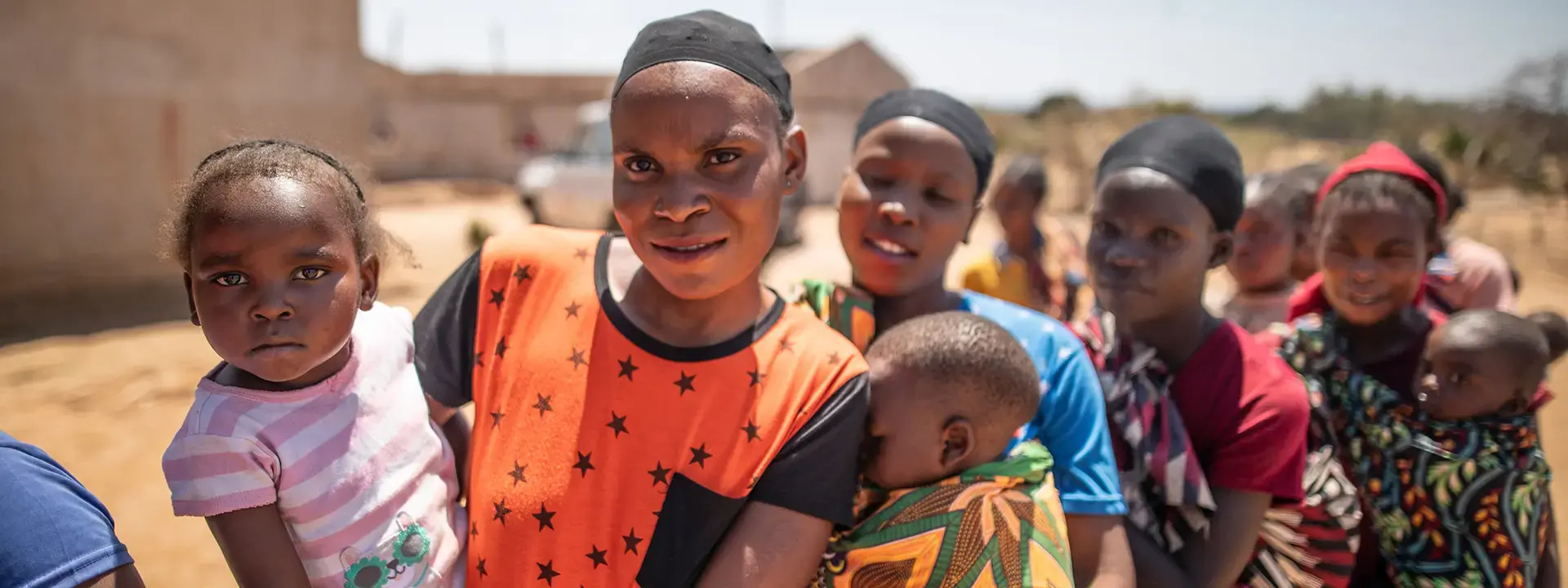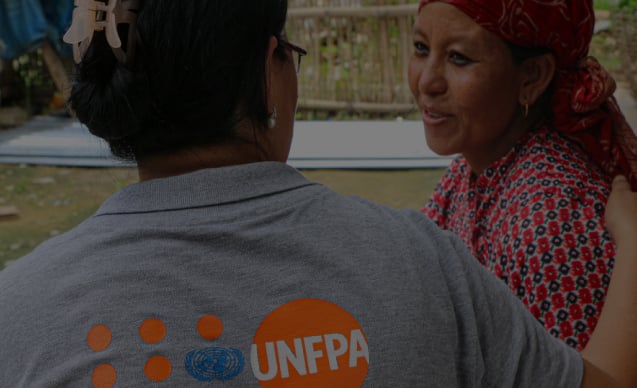About us
Mission and Mandate
Guided by the ICPD Programme of Action and reaffirmed in the 2030 Agenda for Sustainable Development, UNFPA’s mission and mandate is to “deliver a world where every pregnancy is wanted, every childbirth is safe and every young person's potential is fulfilled”.
By 2030, we aim to achieve universal access to sexual and reproductive health and rights for all by:
- Ending unmet need for family planning
- Ending preventable maternal deaths
- Ending gender based violence and all harmful practices, including female genital mutilation and child, early and forced marriage.
- Ending sexual transmission of HIV (as a regional priority).
Government of Zambia / UNFPA Country Programme
In Zambia, UNFPA is currently implementing its extended 8th Country Programme of Cooperation with the Government of Zambia (2016-2022).
On 1 September 2022, the UNFPA/UNDP/UNOPS Executive Board approved the 9th GRZ/UNFPA Country Programme (2023-2027). Through the Country Programme, UNFPA will contribute to accelerating the reduction of unmet need for family planning from 20% to 15% in Zambia. The programme will also contribute to reducing the maternal mortality ratio from 252 deaths per 100,000 live births to 160 per 100,000 live births; and reducing the proportion of women aged 15-49 years who experience emotional, physical or sexual violence including a reduction in child marriage from 29 per cent to 25 per cent.
The Programme is aligned with Zambia’s 8th National Development Plan (2022-2026); Zambia’s Vision 2030; and the UN Sustainable Development Cooperation Framework (2023 – 2027). UNFPA’s collaboration with Government of Zambia also advances the ICPD Programme of Action, as well as supports the implementation of African, East and Southern Africa and SADC commitments related to sexual and reproductive health, gender equality, and population & development, amongst other strategic frameworks.
Implementation Approach
UNFPA’s collaborations with the Government of Zambia are at 3 levels:
- National level – including advocacy and policy advise, data generation and analysis, as well as institutional and technical capacity development. UNFPA also supports procurement of reproductive health commodities, alongside improving supply chain management systems.
- Provincial level – including capacity building and knowledge management.
- District and community level – including targeted service delivery, capacity development and knowledge management.
In line with UNFPA’s Global Strategic Plan, Zambia is categorized to be in the “red” quadrant being a priority country requiring UNFPA’s full package of operational engagement; namely Advocacy and Policy Dialogue; Capacity Development; Knowledge Management; Targeted Service Delivery of Essential Sexual Reproductive Health Services; and Partnerships and Coordination to ensure that:
- Every pregnancy is wanted; by providing quality and timely information and services on choice of modern contraceptives to women and men. UNFPA also supports Reproductive Health Commodity Security by facilitating the procurement of about 50% of modern contraceptive needs for the public sector and strengthening supply chain management interventions – forecasting, quantification, last mile distribution, health systems support and demand generation.
- Every childbirth is safe; through availability of skilled midwives during pregnancy and childbirth; and provision of essential medicines and equipment to avert maternal deaths within a functional health system. Key programme interventions include gender responsive and integrated reproductive, maternal and newborn health, HIV and GBV prevention services.
- Every young person’s potential is fulfilled; by equipping them with knowledge and skills; linking them to adolescent and youth friendly services, as well as building their capacity to participate in national development processes. Key interventions include comprehensive sexuality education; youth friendly health service provision; as well as addressing the current high rates of child marriage and teenage pregnancy.



